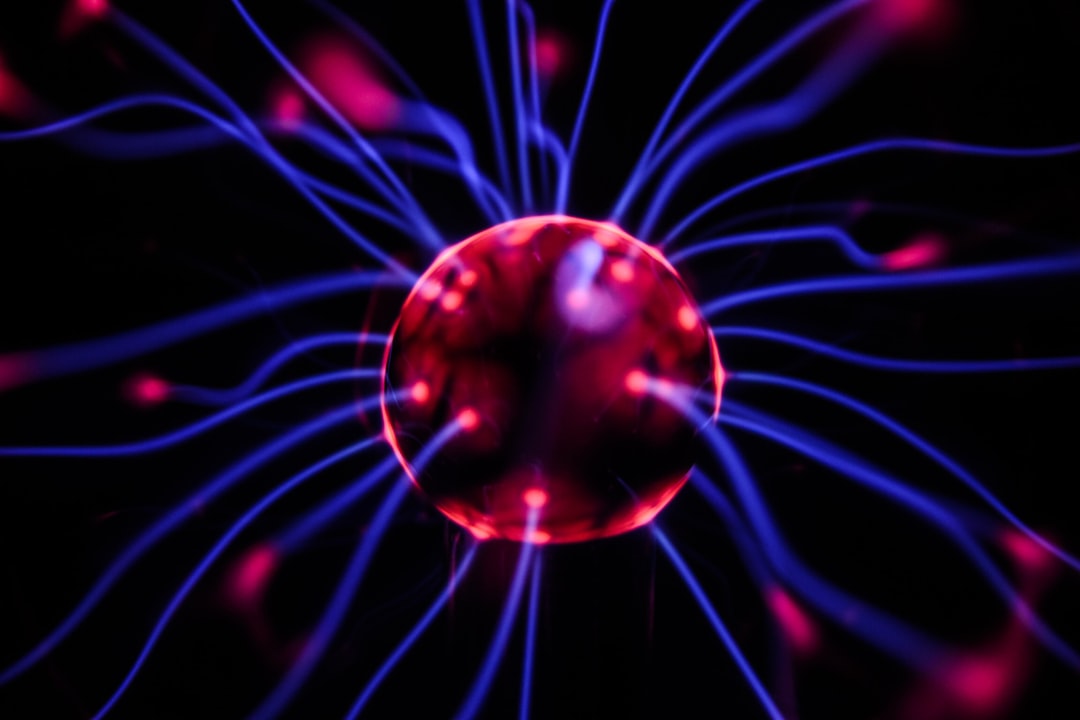What is it about?
Adult mammalian neurons are atypical cells in that they maintain a low intracellular Cl- concentration which is a prerequisite for hyperpolarizing inhibition mediated by GABAA and glycine receptors. The intracellular Cl- concentration of neurons is largely regulated by members of the cation-chloride co-transporter family, K+/Cl- (KCC1-4) and Na+/Cl- (NKCCC1-2) co-transporters. The KCC2 isoform has recently gained a lot of attention as it shows an exclusively neuronal expression and appears to be primarily responsible for the Cl- mediated hyperpolarizing postsynaptic currents evoked by GABAergic and glycinergic transmission. Disruption of KCC2 effectively renders the neurotransmitters GABA and glycine excitatory rather than inhibitory. Thus, KCC2 dynamically regulates the efficacy as well as the hyperpolarizing or depolarizing nature of GABA and glycine signaling through a local control over intracellular Cl- concentration. Experimental evidence has continuously been accumulating that KCC2 expression may decrease in certain pathologic conditions of the adult central nervous system. For instance, it has been demonstrated that peripheral nerve injuries evoke a reduction in the expression of KCC2 and a consequent disruption of Cl- homeostasis in neurons of the superficial dorsal horn. The resulting shift in the transmembrane Cl- gradient causes normally inhibitory synaptic currents to be excitatory, driving up the net excitability of spinal neurons in a sufficient extent to cause neuropathic pain. Investigating the cellular distribution of KCC2 in neurons underlying pain processing in the superficial spinal dorsal horn of rats by using high resolution immunocytochemical methods, we demonstrated that perikarya and dendrites widely expressed KCC2, but KCC2 molecules showed different densities on the surface of dendrites, some of which were negative for KCC2. GABAA receptors were revealed on dendritic segments with high and with low KCC2 densities. Moreover, GABAergic and glycinergic synapses were located also on dendritic segment with minimal, if any, expression of KCC2, suggesting that like other neurons in various parts of the central nervous system, neurons in the superficial spinal dorsal horn may also receive both hyperpolarizing and depolarizing GABAergic and glycinergic synaptic inputs. The spatial segregation of GABA- and glycine-evoked depolarizing and hyperpolarizing responses along the dendrites can then enable these neurons playing a major role in spinal pain processing to distinguish between different GABAergic and glycinergic inputs. How this dynamic self-regulation of inhibitory synaptic inputs can contribute to synaptic integration is still unclear, but it should be considered in the interpretation of neural activities underlying pain processing in the superficial spinal dorsal horn.
Featured Image
Read the Original
This page is a summary of: Differential expression patterns of K+/Cl−cotransporter 2 in neurons within the superficial spinal dorsal horn of rats, The Journal of Comparative Neurology, April 2015, Wiley,
DOI: 10.1002/cne.23774.
You can read the full text:
Contributors
The following have contributed to this page










